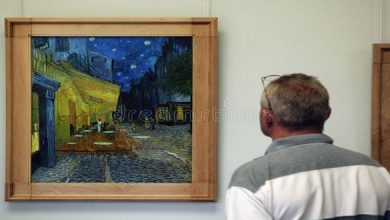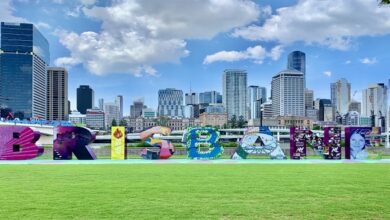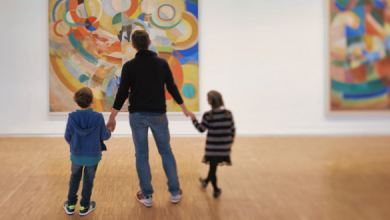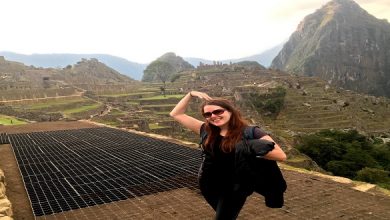6 MORE GREAT MUSEUMS IN ROME
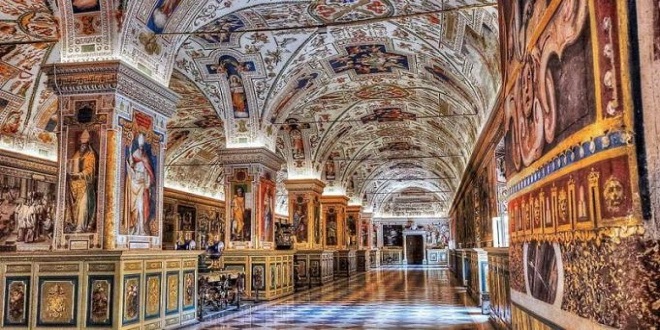
Galleria Borghese
Cardinal Scipione Borghese had money, taste, and, most importantly, a pope for an uncle. He started collecting paintings and sculptures for his villa in the (then) outskirts of Rome in 1605, and over the course of a lifetime amassed a truly awe-inspiring collection. His smartest move was hiring the young artist Bernini to work for him. His second smartest was to kick off his collection by confiscating a hundred wonderful canvases from Caravaggio’s teacher, the painter Cavalier d’Arpino.
The Galleria Borghese has only 20 rooms, but there isn’t a single one that won’t make you gasp in delighted recognition. You have to book a 2-hour slot in advance, but this makes the whole experience much more civilized. On the first floor, there’s sculpture, including some of Bernini’s finest statues. When you see the fingers of the god Pluto pressed into the impossibly soft marble flesh of Proserpina, you’ll understand what a sharp eye for talent the cardinal had. On the second floor the collection of paintings is so rich, so full of chocolate and cream, that an aesthetic tummy ache may force you to leave before your 2 hours are up: Titian, Raphael, and six (count them, six!) Caravaggios.
Galleria Doria Pamphilj
Alongside the Windsors and the Gettys, the Doria Pamphilj family has the best private art collection in the world, boasting works by most of the great names of the Renaissance. This Roman dynasty has been marrying, inheriting, and buying its way toward the collection since the 16th century.
On entering the museum, you’re immediately transported far from the traffic on the Via del Corso. The Poussin Room, filled with sensual landscapes, drops you into an entirely new world. And it gets better, with a ballroom the producer of a costume drama could only fantasize about, a chapel with a family mummy and then, at the very heart of the palace, the four gilded galleries that run round the light-filled courtyard. Velázquez’s portrait of Pope Innocent X (a member of the family) is the star, the light splashing on his crimson sash against the lightless depths of the damask drapery behind. Then there’s Titian’s Salomé, a girl far too virtuously beautiful to be carrying the head of St.
Galleria Nazionale d’Arte Antica
Split between two exquisite palazzi, the Galleria Nazionale d’Arte Antica has hundreds of enthralling paintings and a few genuine masterpieces, yet it barely sees a soul from one day to the next. You might easily have a room full of Sienese Masters or a couple of Filippo Lippis to yourself. On the flip side, you might equally get Caravaggio’s spine-tinglingly ruthless decapitation of Holofernes – not a painting to see on your own.
Perhaps even more rewarding than the paintings are the buildings themselves. Palazzo Barberini had Bernini, Borromini and Maderno as its designers. Its epic centerpiece is the swirling, angel-filled fresco by Pietro da Cortona in the main salon. It’s as masterfully outrageous as anything the notoriously over-the-top Baroque era could muster. On the other side of the Tiber, Palazzo Corsini must be the most shamefully ignored beauty in Rome.
Etruscan Museum, Villa Giulia
In the middle of Rome, there’s a park with a lake, a zoo, several Roman ruins, countless fountains, and two of the world’s finest museums – the Galleria Borghese and, in the Villa Giulia, the Etruscan Museum.
When the Romans were still scrabbling around in the mud up on their seven hills, their neighbors to the north, the Etruscans, were already building aqueducts, paving roads, and decorating their exquisite temples with Asian-style Medusas. Though their art was archaic and occasionally inscrutable, the laughing eyes of the Apollo of Veii or the easy affection between the Bride and Groom in the 2,500-year-old funerary sculpture evoke more genuine warmth than a thousand Roman statues.
Museo Nazionale Romano
If your experience of classical art is rows of anonymous and noseless marble busts, headless torsos, and incomprehensible labels, the Museo Nazionale Romano will make a refreshing change and reveal the vitality of so much Classical sculpture. There’s the proud Seleucid prince, more confident in his bronze nakedness than the rest of us could ever feel fully clothed, and a disconcerting bust of Julius Caesar with his toga pulled over his head. Best of all is the famous Olympian, every sinew tensely balanced as he prepares to unleash his discus.
Upstairs, you’ll get a tingle of excitement when the guide unlocks a double door and takes you to the gallery on the top floor. Entire rooms from the Villa of Livia on the Palatine Hill have been faithfully reconstructed. The mosaics and frescos have been so vividly realized, it’s as if the artist has only just finished work.
Ostia Antica
Although Ostia Antica is outside Rome, you can ride the metro to the ruined city and be sitting in the theater in the time it takes to wait in line for the Vatican Museums. Ostia Antica was Rome’s port for 600 years and, after Herculaneum and Pompeii, it’s the best-preserved Roman town in Italy. You walk in on the Decumanus Maximus, passing the warehouses, the baths (posh and not so posh), and the pub on the way to the theater. All these sites can be readily recognized without a degree in archaeology.
Most impressive of all is the Forum of the Corporations, where 61 maritime offices are ranged around a great temple, each identified by its own descriptive mosaic. Farther into the city are more signs of how rich and poor rubbed along together. There’s the meat market, the latrines, and a whole host of temples, including the 2nd-century remains of the city’s synagogue.

